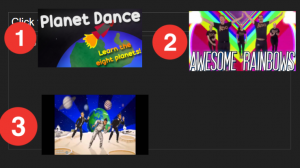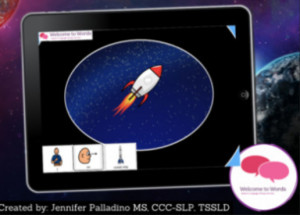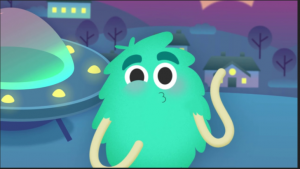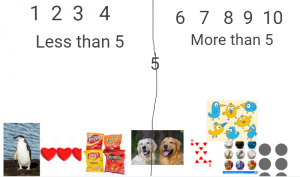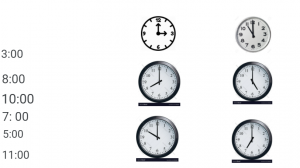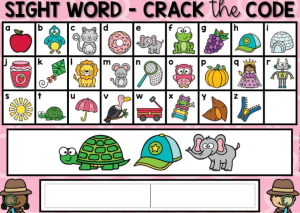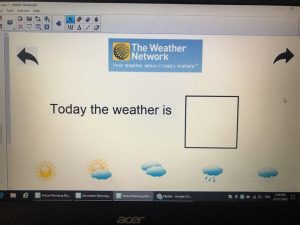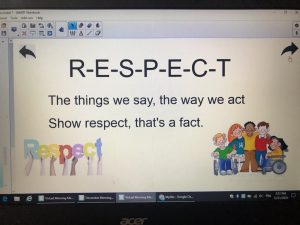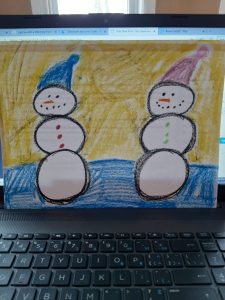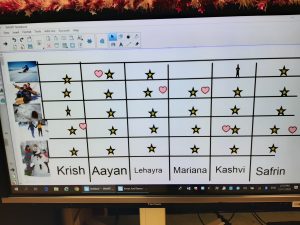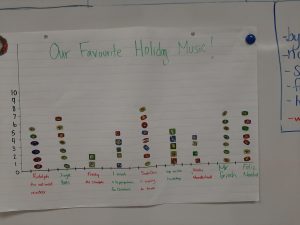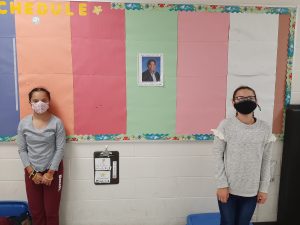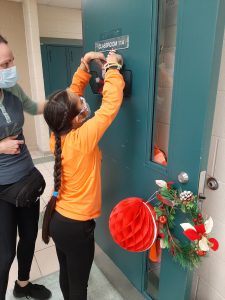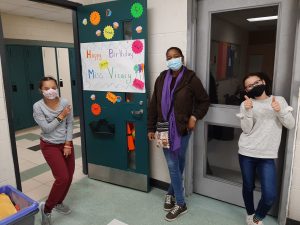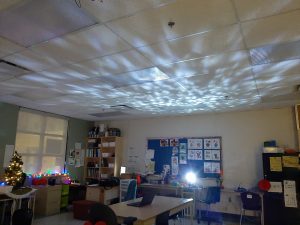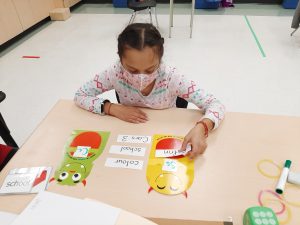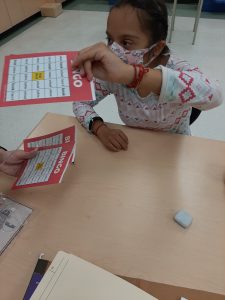I just signed up for a brand new AQ that ETFO AQ is offering this spring. It is called Teaching Students with Intellectual Needs (Developmental Disabilities). This AQ was created to support teacher’s professional growth in meeting the needs of their students with Developmental Disabilities.
As a teacher of students with Developmental Disabilities (DD), I have often been approached by colleagues throughout the province asking for help and suggestions on how to meet the needs of their students in inclusive settings. The questions have been plentiful and frequent which tells me that there is a great need for an AQ like this one. Students with DDs are amazing, vibrant, and fantastic members of our classrooms. They bring a unique perspective on the world. They also need a very specialized and individualized program in order to be successful at school. This AQ will give teachers some foundational information to begin to understand the unique needs of students with these exceptionalities.
In preparing for this blog, I was fortunate enough to speak with one of the writers of this new ETFO AQ, Lindsay Freedman. She has been a teacher of students with Special Needs in a variety of settings for many years in the Peel District School Board and is currently a Lead Instructor for ETFO AQ.
Lindsay shared with me that it is important for teachers to take a course that focuses on students with Intellectual Needs for a couple of reasons:
a) Throughout your career, you are going to have a student in your class with an Intellectual Disability. It is not a matter of if; it is a matter of when. This AQ will allow you to be proactive, prepare to meet the needs of these students and learn about the policies and history that will impact your programming decisions.
b) This AQ is important as it will help teachers with inclusion practices. Most school boards in Ontario have a full inclusion policy for students with special needs. This AQ will begin to give teachers the tools to be able to effectively support these students in the classroom and provide an environment that will benefit all learners.
c) If you are an educator that holds Special Education qualifications, this AQ will further expand your knowledge specifically with the many exceptionalities that fall under the Developmental Disability classification. As Lindsay shared, many educators are choosing to specialize more deeply in a specific area such as Behavioural Needs or Communication Needs (LD or ASD). By offering this course, ETFO AQ has really answered educators’ need to go beyond general Special Education courses by continuing to expand the choices available.
d) This course will support you in writing IEPs and transition plans and many of the other mandatory requirements for educators in Ontario. If you have never written either of these documents before, this course will go through step by step how to effectively prepare documentation with a focus on equity and well-being. Personally, I have written IEPs for years and I am really looking forward to seeing if there are any parts that I can refine and improve on.
Knowing that a part of the course focuses on history, I also asked Lindsay, why it is important for teachers to know the history of people with Intellectual Disabilities in Canada?
Lindsay shared with me that to really understand where we are in education, teachers need to realize that there was a shift from institutionalization to inclusion that happened with Bill 82 in 1980. Knowing how people were treated, the absence of services and lack of choice that parents had before this change, provides clarity and empathy. Understanding the history really brings focus to why we have inclusion in Ontario schools. It also highlights how important program and placement choice are for families. During this AQ educators will learn about some of the challenges, awful names and horrible conditions that people with Intellectual Disabilities had to endure and why it’s important for parents to have the right to make choices about their child’s education.
The history of people with Developmental Disabilities is closely connected to many of the policies that were implemented throughout the last 40 years. Educators must understand many of these policies so that they are able to support students correctly. The policies impacting students with Developmental Disabilities will be studied in this new AQ.
Finally, I asked Lindsay, should a new teacher take this course?
She stated that the course will benefit all educators, regardless of teaching experience. It is presented in a very sequenced and practical format so that you are continuously building your skills. For example, when writing an IEP, educators will have access to examples and will be supported to write each section until they have completed an IEP. By the end of the course, teachers should feel confident in the skills they have developed. Lindsay shared that all ETFO AQs are written by teachers for teachers and are easily accessible for teachers at any of their stage of their career.
ETFO AQ is one of the two course providers for this AQ. This AQ is being offered during ETFO AQ’s spring sessions. Registration for the Spring session closes March 30th at 5pm and the course will run from April 6th to June 18th.
You can register here: https://etfo-aq.ca/courses/teaching-students-with-intellectual-needs-developmental-disabilities/






